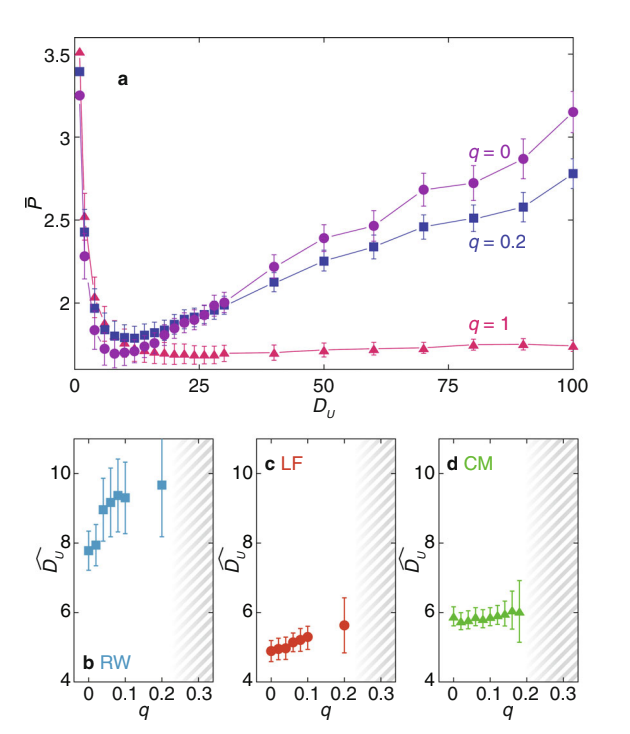Pukyong National University
COMPutational Analysis of Social System Lab
Impact of mobility structure on optimization of small-world networks of mobile agents

In ad hoc wireless networking, units are connected to each other rather than to a central, fixed, infrastructure. Constructing and maintaining such networks create several trade-off problems between robustness, communication speed, power consumption, etc., that bridges engineering, computer science and the physics of complex systems. In this work, we address the role of mobility patterns of the agents on the optimal tuning of a small-world type network construction method. By this method, the network is updated periodically and held static between the updates. We investigate the optimal updating times for different scenarios of the movement of agents (modeling, for example, the fat-tailed trip distances, and periodicities, of human travel). We find that these mobility patterns affect the power consumption in non-trivial ways and discuss how these effects can best be handled.